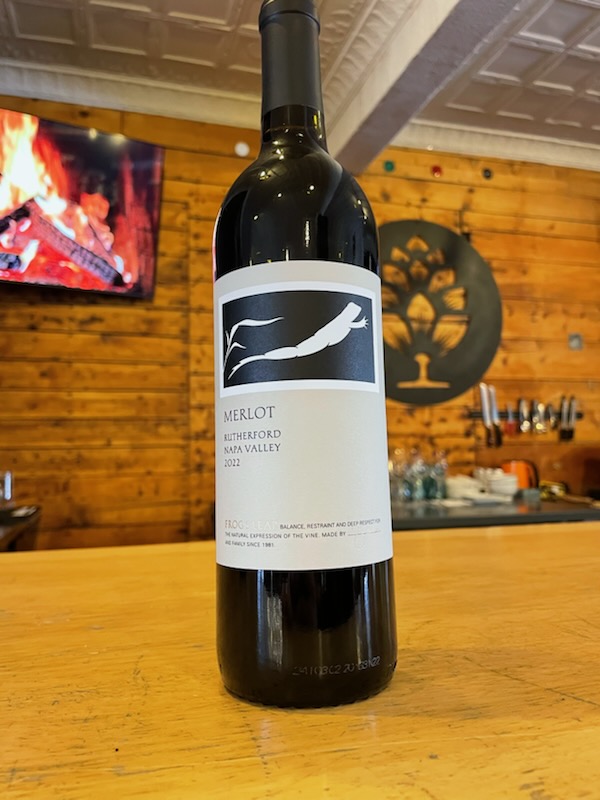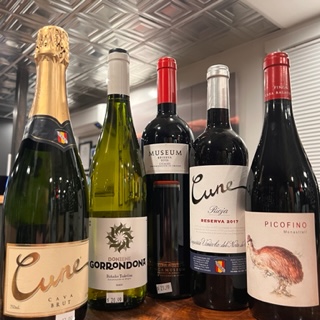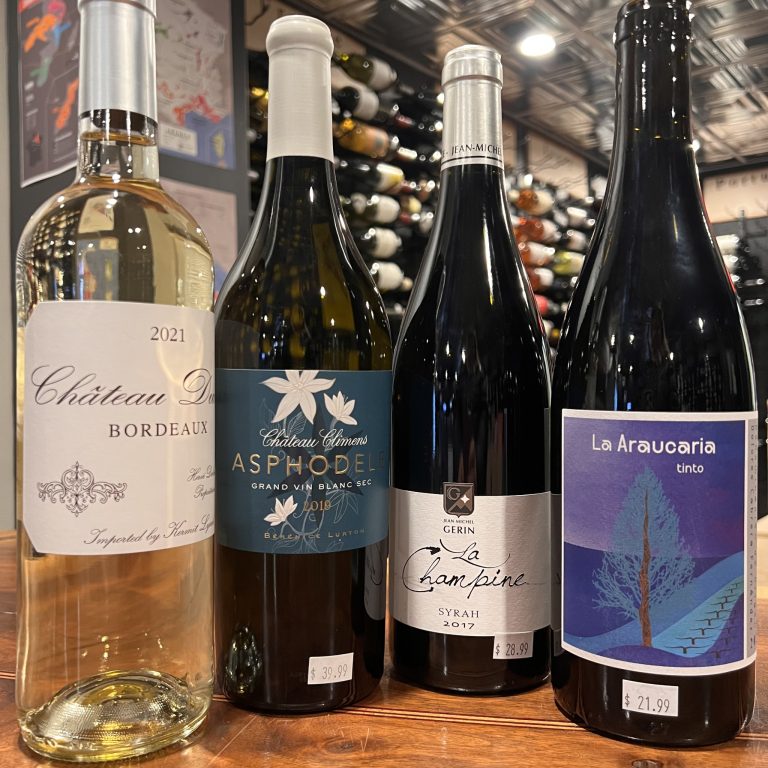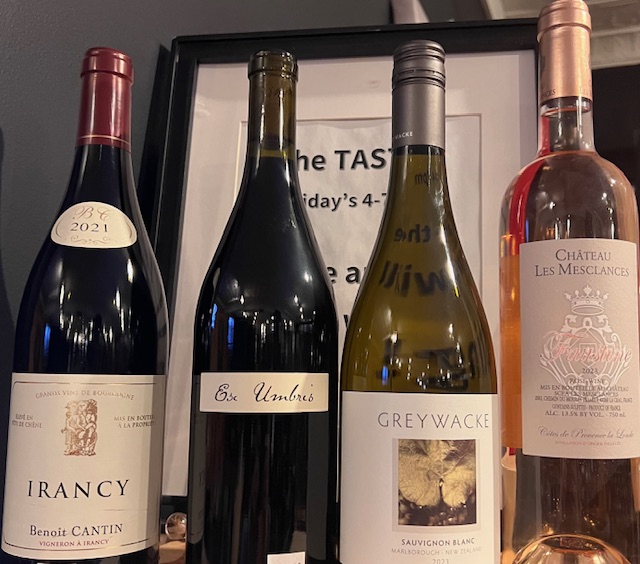This Friday we explore Cabernet Sauvignon and Sauvignon Blanc
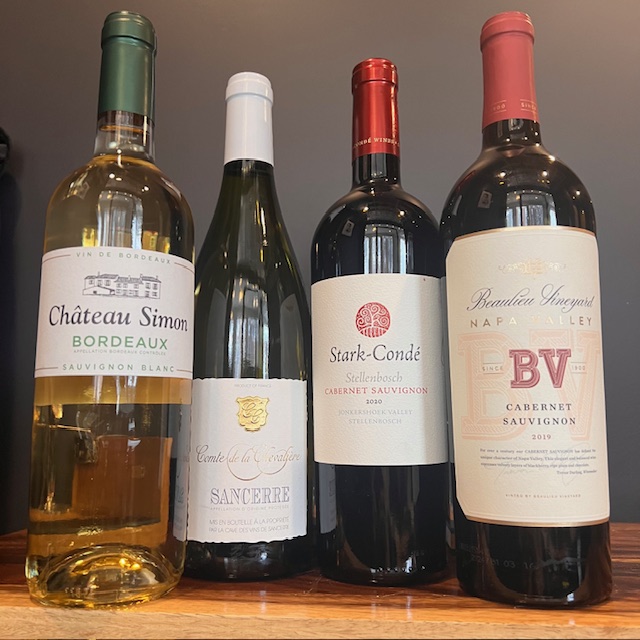
Please join us anytime between 4&7 on Friday, March 22, for a wine-tasting extraordinaire!
The white wines are both Sauvignon Blanc, one of Cabernet Sauvignon’s parents!
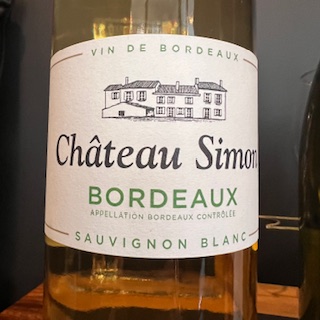
Chateau Simon is located in Bordeaux, France. This wine is 100% Sauvignon Blanc, and the grapes are handpicked and pressed.
After cold settling, the
must ferments in stainless
steel vats and the
temperature is controlled
electronically until all sugar
has completely
disappeared. Only 250
cases of this wine are
produced each year
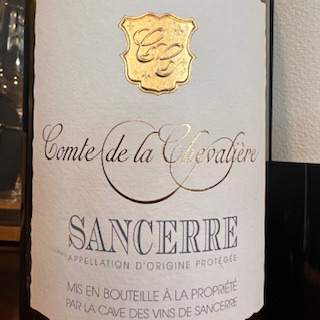
The Sancerre is 100% Sauvignon Blanc from the Sancerre region of The Loire, France, known for its chalky soils. This classic Sancerre wine is white and bracingly acidic, with pungent aromas of gooseberries, grass, and nettles and a hint of stony minerality.
The Red Wines are both Bordeaux blends, featuring Cabernet Sauvignon as the Star of the Show.
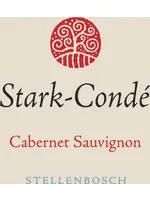
Stark Conde Cabernet Estate Blend from Stellenbosch, South Africa. The blend is made from our four Cabernet blocks and the three other traditional Bordeaux blending varieties we grow on our farm. It has a taste of Blackberry fruit aromas with tea-leaf and cedar notes. The palate is rich and polished, with dark fruit, mocha flavors, and finely balanced acidity. It has a long finish with the fine tannins typical of a Jonkershoek Valley wine.
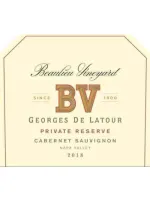
The Bordeaux blend out of California is from Rutherford in Napa and is produced from the exception of Beaulieu Vineyards. This iconic Vineyard has a great history of changing Viticulture and Viniculture In Napa.
From the winemakers of Beaulieu Vineyards
We sourced most of the Cabernet Sauvignon from Napa Valley’s Rutherford, Calistoga, and St. Helena appellations. The diverse soils, microclimates, and the various clones of Cabernet Sauvignon and cultivation techniques contributed to this wine’s complex flavor profile.
Tasting Notes from the Vineyard
The 2019 Napa Valley Cabernet Sauvignon has a dark red berry fruit bouquet supported by briary cherry and tea leaf herbaceous notes. The palate follows nicely with juicy and bright strawberry preserves, black raspberry, black cherry, and cola, supported by delicate hints of mint, mocha, and dark chocolate. The tannins are smooth and round, offering a plush texture and mouthfeel with a classic balance and structure that complements the character of this wine.
Wine Making for 2019 After the grapes were destemmed and crushed, we fermented the must in stainless steel tanks until dry. We then pressed the skins and gently transferred the freshly fermented wine to 60-gallon oak barrels for malolactic fermentation and 18 months of aging. Before bottling, we blended several varieties with the Cabernet Sauvignon to add complexity and plushness to the wine’s mid-palate. This also added plenty of finesse to the lingering finish and enhanced the flavor and aroma profile of this beautiful wine.
The exceptional history of our Rutherford cab is worth knowing.
Bringing Old-World Winemaking Practices to America
Russian-born Andre Tchelistcheff brought European methods of cultivation and pruning to the grapes and vineyards of Beaulieu. That was just the beginning. He soon tasted wine from each parcel of the Rutherford estate and began experimenting with the rigorous small-lot fermentation that continues to this day. Among his many innovations were building a cool room to ferment white wines and establishing malolactic fermentation as standard practice when making red wines. Tchelistcheff contributed significantly to the techniques of cold fermentation, vineyard frost protection, malolactic fermentation, and the development of winemaking regions in Carneros, California, Oregon, and Washington.
